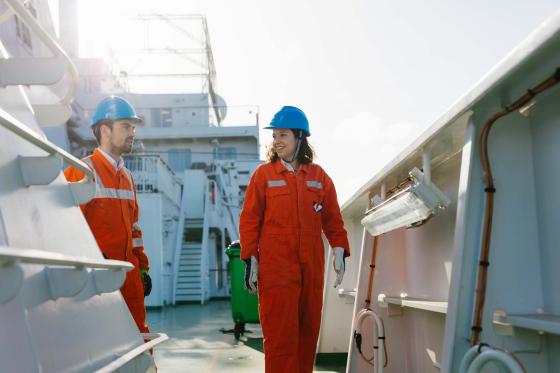AMACORT - Corrosion and fouling
AMACORT (Antwerp Maritime Academy CORrosion Team) works on topics regarding maritime corrosion, corrosion modelling and antifouling technology.

Introduction
Corrosion is too often a greatly underestimated threat to our economy in general and to the maritime world in particular. In the Western world, the cost of corrosion is enormous: a DNV-GL report puts all-round corrosion costs at more than 500 billion EUR for the European region alone, or +/- 3.8% of European GDP, spread over various sectors: the maritime sector, ports, water treatment plants, steam production, renewable energy production offshore. Specifically for the maritime sector, this cost is estimated at more than 19%.
Fouling on ship hulls is also an expensive business. The cost to the US Navy alone is estimated at $1-2 billion over the last 15 years, because of the extra fuel required, as well as for hull cleaning, paint removal and repainting, etc... Fouling also has ecological consequences: each additional ton of heavy fuel oil consumed on board means an effective increase of 3.3 tons of CO2 emissions in the ship. For a fuel consumption of 300 tons per day (for example, by a container ship), a 15% reduction in consumption results in an emission reduction of 150 tons of CO2 per day.
Topics addressed in recent years include the correct application of anti-corrosion coatings on ballast tank walls or hulls, the effectiveness of commercial paints, and the corrosion rate of maritime structures (sheet piles, ballast tanks, shipwrecks). This research always involves close cooperation with the maritime sector (shipping companies, dredging companies, the ports of Antwerp and Ostend, paint manufacturers...) in order to guarantee the relevance of the research for the sector, while for methodological and technical aspects, an academic network has been developed.

